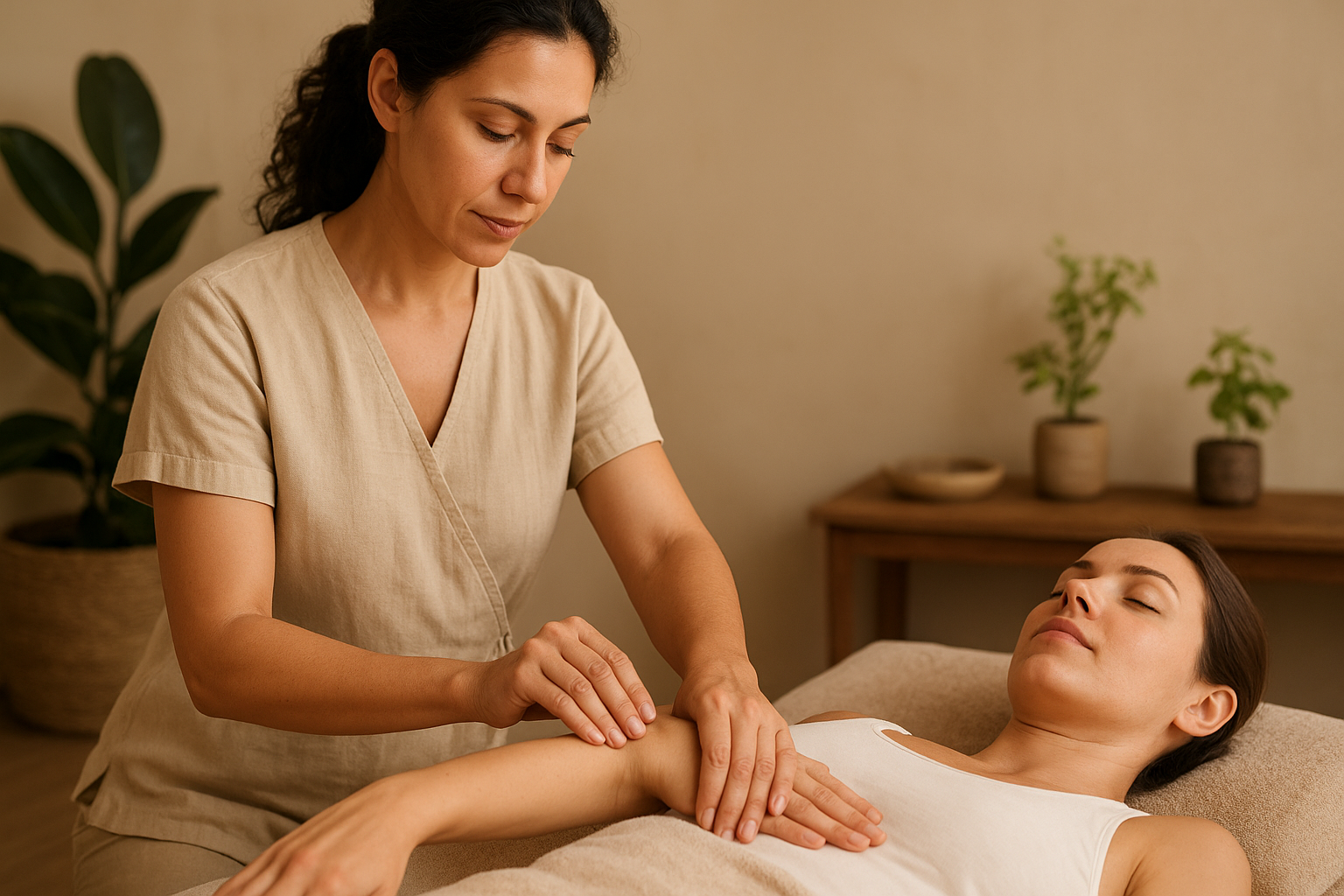Introduction: Acupressure — The Ancient Art of Healing Through Touch
Acupressure, an age-old healing practice rooted in Traditional Chinese Medicine (TCM), is gaining new recognition in holistic health communities worldwide. By applying gentle pressure to specific points on the body, acupressure stimulates energy flow — or Qi (Chi) — restoring balance and harmony within the body’s natural systems.
In today’s fast-paced lifestyle, acupressure offers a non-invasive, drug-free solution to manage stress, anxiety, fatigue, and chronic pain. Health experts and holistic practitioners emphasize its ability to integrate physical, emotional, and energetic wellness — the foundation of holistic healing.
1. Understanding Acupressure’s Role in Holistic Healing
Holistic healing emphasizes treating the whole person — mind, body, and spirit — rather than just individual symptoms. Acupressure aligns perfectly with this philosophy, as it seeks to balance internal energy channels known as meridians.
By gently pressing specific points, practitioners stimulate self-healing responses that:
- Enhance blood circulation
- Relieve muscular tension
- Calm the nervous system
- Boost the immune response
According to holistic health experts, this energy balancing process supports long-term well-being by preventing illness before it manifests physically.
2. Expert Insights: The Science Behind Acupressure
Modern research supports many of acupressure’s traditional claims. Studies in integrative medicine journals show that acupressure can significantly reduce chronic pain, headaches, insomnia, and anxiety.
Experts explain that acupressure points activate nerve pathways, prompting the release of natural pain-relieving chemicals such as endorphins and serotonin. This neurochemical response explains why acupressure not only alleviates physical discomfort but also enhances mood and emotional stability.
Holistic therapist Dr. Meera Nair notes:
“Acupressure acts as a bridge between the physical and energetic body. When energy flows freely, natural healing begins effortlessly.”
3. Key Acupressure Points for Everyday Wellness
You don’t need to be a professional to benefit from acupressure. With proper guidance, simple techniques can be practiced at home to relieve common ailments:
- LI4 (Hegu): Located between the thumb and index finger — helps relieve headaches and tension.
- PC6 (Neiguan): Found three fingers below the wrist — eases nausea and calms anxiety.
- LV3 (Taichong): Between the big toe and second toe — reduces stress and fatigue.
- GB20 (Fengchi): At the base of the skull — relieves migraines and improves focus.
Applying gentle pressure for 1–2 minutes on these points daily can bring noticeable relaxation and rejuvenation.
4. The Emotional Connection: Balancing Mind and Body
Acupressure doesn’t just heal the body — it soothes the mind. Experts highlight that blocked energy often manifests as emotional tension, which may lead to anxiety, irritability, or restlessness.
Through consistent acupressure practice, emotional blockages are released, promoting emotional balance and mental clarity. This makes it an ideal therapy for individuals seeking peace and centeredness in their daily lives.
5. Integrating Acupressure into a Holistic Lifestyle
For best results, experts recommend combining acupressure with other holistic practices such as:
- Yoga and meditation for mental calm
- Aromatherapy to enhance relaxation
- Balanced diet and herbal teas for internal harmony
- Breathwork to support energy flow
Together, these approaches cultivate a holistic routine that promotes self-awareness, healing, and longevity.
Conclusion: The Timeless Power of Touch in Healing
Acupressure stands as a timeless reminder that healing can come from within — through touch, awareness, and balance. As holistic experts affirm, the body is its own best healer; acupressure merely activates that innate intelligence.
Whether you’re seeking relief from pain, emotional calm, or deeper spiritual harmony, incorporating acupressure into your lifestyle can open the door to true holistic wellness.
FAQs Section
1. What makes acupressure different from acupuncture?
Acupressure uses gentle hand pressure on meridian points, while acupuncture uses fine needles. Both work to restore energy balance, but acupressure is non-invasive and suitable for self-practice.
2. How often should acupressure be practiced?
Experts recommend 10–15 minutes daily or 3–4 times a week for best results.
3. Can acupressure help with stress and anxiety?
Yes, acupressure helps calm the nervous system, lower cortisol levels, and promote relaxation.
4. Is acupressure safe for everyone?
Generally, yes — but individuals with chronic conditions or pregnancy should consult a holistic practitioner before starting.
5. Can I combine acupressure with other therapies?
Absolutely. It complements yoga, meditation, naturopathy, and massage therapy beautifully for full-body healing.

